South East Asia is home to one of the biggest migration ‘loops’. The eleven countries of the region – all equally diverse in culture, religion, and history – have entered a complex web of immigration. The web gets even more complicated when the illegal immigration strand gets weaved in.
What is the migration situation in South East Asia?
The labour force from migration has been fueling South East Asia’s economic and social growth for over 20 years. The labour markets there can equip up to 10 million immigrants with jobs. More specifically, these markets are located in nations such as Brunei, Malaysia, Singapore, and Thailand. They usually receive workers from Cambodia, Malaysia, Laos, Myanmar, the Philippines, and Vietnam.
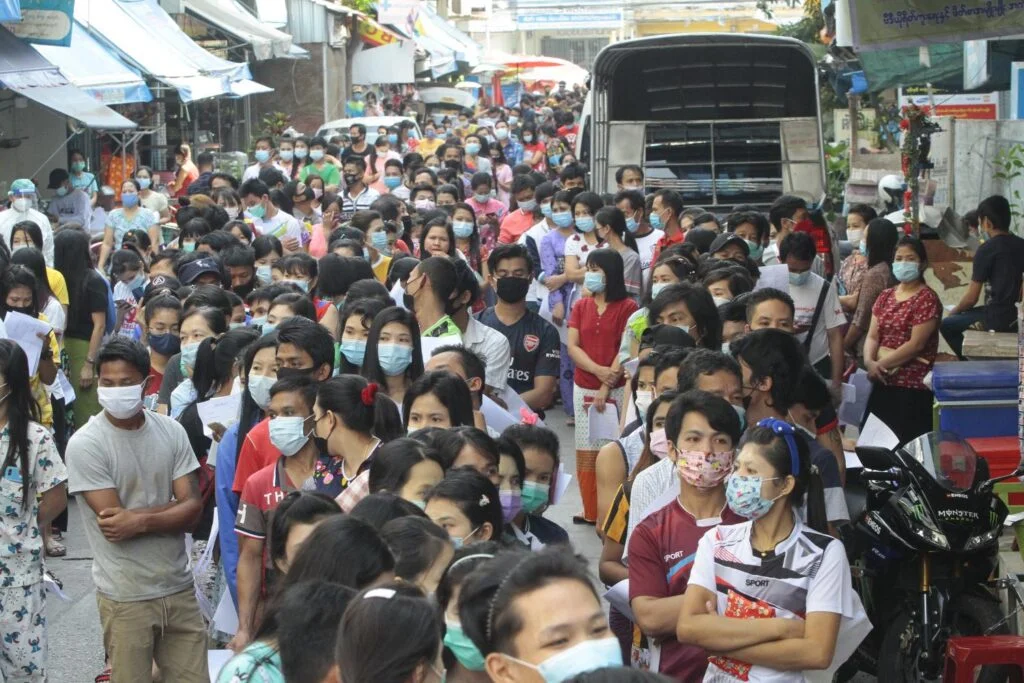
Image courtesy-Bangkok Post
While South East Asians migrate to North America and Europe, most, who migrate within Asia stay in Asia, with even two-thirds remaining within the region. So, what jobs exactly are available in these host countries? Why are they there, considering those nations are in such proximity to nations with a lagging economy?
In Brunei, foreign workers constitute over a third of the total labour force. As Brunei is the wealthiest country in the South East Asian consort, migrants can enter a variety of sectors and are not just limited to factory work. These industries can include tourism, business, or other higher-paying work. However, foreign workers in other host nations, such as Thailand, are often constrained to agriculture, fisheries, and manufacturing positions.
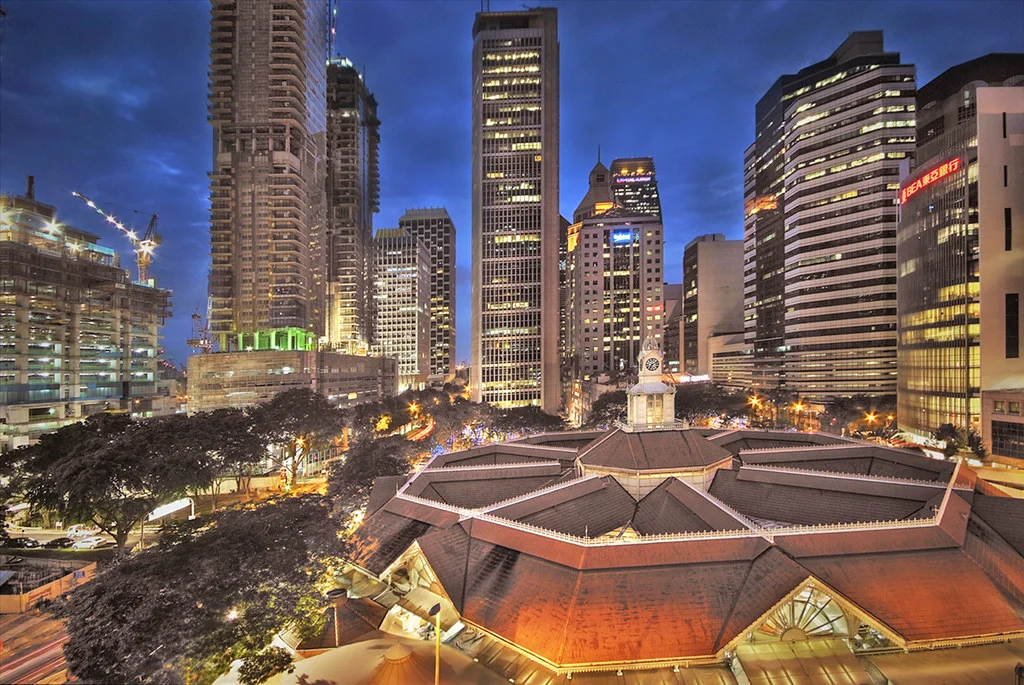
These nations have developed at a faster rate than some of their associates, mainly due to money coming in from tourism, outsourcing, and natural resources. Another critical factor is wealthy families from other nations in Asia, such as China and Japan, settling down in Brunei, Malaysia, Singapore, and Thailand.
The cycle of immigration
The cycle of immigration works because host countries have a faster-paced and more vibrant economy, so they often need a larger labour force and more foreign workers. Home countries tend to have weaker economies and do not provide sufficient work.
However, there are two main issues with this cycle. First, it plays a big part in instilling poverty in emigration countries as much of the workforce and money that comes with their labour is outsourced to other countries. As you can imagine, this only works to increase immigration and emigration rates. The second is that illegal channels are one of the main channels through which immigrants arrive in these more promising countries. 30-40% of all migrants are undocumented. Considering the magnitude of South East Asian immigration in general, these numbers amount to 3 to 4 million undocumented workers. This translates to 3 to 4 million workers at risk of deportation, arrest, and reprimand from customs enforcement.
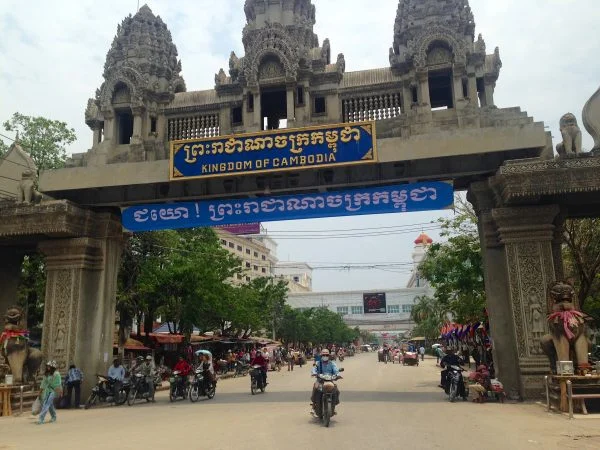
Keep in mind that statistics can be deceiving. It can be challenging to unearth the exact numbers considering that authorities are trying to track people without documents, so they have no method of doing so unless they have been caught. Consequently, numbers are ambiguous, so there is a possibility that there are many more undocumented immigrants. In Malaysia, it is estimated that there are between 600,000 and 1.9 million undocumented workers.
Drivers of the force
A few factors drive illegal immigration. It is not that immigrants do not want to receive the proper documentation and papers – they do – it is the difficulty of doing so. The process can take up to months, and most families do not have the privilege of that buffer time; they need to start making money as soon as possible.
For another, applying for and receiving legal documents is pretty expensive. Pricing ranges from 169 USD to 304 USD. For many, that may seem like a fair price, especially for something as eminent as legal documentation. However, remember that the average annual salary of immigrants is meagre; for example, in the Philippines, it is a mere 2,346 USD.
The waiting time, high cost, and desperation of families to go abroad and send money home have created an extensive illegal immigration brokerage market. They offer transport at a much cheaper rate, from 90 to 98 USD. Furthermore, they also tend to be more persuasive and ensure the safety of travellers that they can not really be doing.
Forms of illegal immigration
There are three forms that illegal immigration can take. The first is self-explanatory and the most well-known: entering a country without a permit. However, even if an immigrant secures a permit, often, they end up staying over the time that the permit allows. Finally, even if they enter the country legally and stay within the timeframe, they may end up in illegal work sectors due to low skills or a lack of connections.
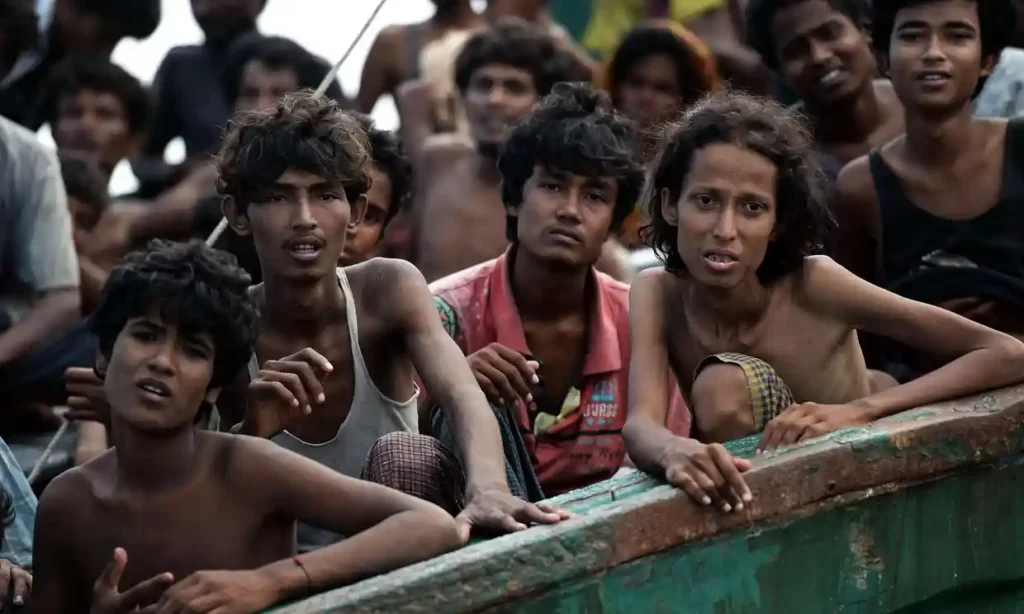
Image courtesy-The Guardian
Most immigrants, especially undocumented ones, are low-skilled and have little background in school or work. As a result, they are vulnerable to brokers that prey on their situation. They can also enlist the support of their networks of family and friends to provide them with other illegal channels to travel through.
The problem?
Undocumented immigrants pose a threat to both themselves and their home country. For one thing, excess amounts can strain the economy and labour markets, potentially taking up jobs and space that are allotted for nationals. Their presence can complicate political and societal issues and create complex dynamics between nations.
If you flip the looking glass, illegal migrants lack access to financial aid and health care. It can be challenging to create and grow better lives for themselves, as doing so would increase the risk of getting caught. In general, illegal immigrants live in fear of deportation or being sent to detention facilities. The countless horrifying stories about the conditions of other migrants can be a major cause of stress and anxiety.
Some of the largest centres in Thailand and Malaysia are notorious for being particularly brutal. These centres also hold immigrants from Afghanistan, Myanmar, and Bangladesh that are en route to Australia or New Zealand.
Substandard policies and nation-specific initiatives
The Association of South East Asian Nations (ASEAN) encourages labour travel that aims to promote a greater living standard across the region. The ASEAN Travel Corridor Arrangement Framework (ATCAF) has recently been revised to promote health in the post-pandemic society. This is done by establishing universal recognition of vaccine certificates and other health measures.
However, it seems to be neglecting the illegal immigration factor of the equation. More than two-thirds of emigrants from Cambodia, the current holder of ASEAN’s rotating chairmanship, travel through illegal pathways.

In Brunei, it is legal to keep illegal immigrants under custody in a detention centre indefinitely until arrangements have been made for their exit. The situation does not differ in Thailand as there is no time limit for how long authorities can keep workers in detention centres. In Singapore, the situation is ruthless as the consequences of illegal immigration are a three-stroke caning and a prison sentence.
What needs to be done?
As with everything in life, the problem can not be fixed with surface-level solutions, especially if it takes the form of violence and imprisonment. Most immigrants are well aware of these ramifications, but to remain in their current situations and send their families into financial disarray could have a worse outcome.
The key is to create a more robust and healthier enforcement system but also to champion the economies of countries from which people emigrate. For example, if the large Asian companies and conglomerates that are bringing business to the already bustling economies of Singapore, Thailand, and Brunei, start a branch in, let us say, the Philippines, the job market there would expand, decreasing the total amount of emigrants.
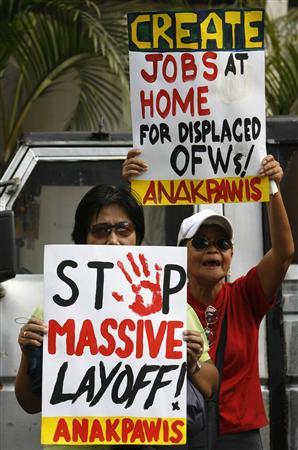
Image courtesy-Reuters
Furthermore, suppose member nations of ASEAN can come together to address this issue. In that case, stronger nations could help bolster the economies of poorer nations, which should systematically decrease the overall amount of immigrants, especially undocumented ones.
From a preventative perspective, the home countries of emigrants need to enforce better and create more assertive policies to stop illegal immigrant brokerage. They also need to create better awareness about the dangers of illegal immigration.
Conclusion
If South East Asia can work together to resolve the illegal immigration issue, perhaps their solidarity, economy, the standard of living, and political system will be strengthened. It is an issue worth fighting for, and it must be fought for the region to continue advancing.
You may also be interested in:
US-Mexico Border Wall: The Visual Representation of a Political Separation
About the Author

My name is Alara and I am a high school junior at the Trevor Day School in Manhattan. I am the leader of various clubs, including Model UN, the admissions team, and community service clubs. I value hard work, education, optimism, and ambition. Passionate about international relations, environmental science, journalism, and economics, I hope to make an impact in these sectors during my internship at The International Prism.







[…] Analysing the Evolving Illegal Migration in South East Asia […]